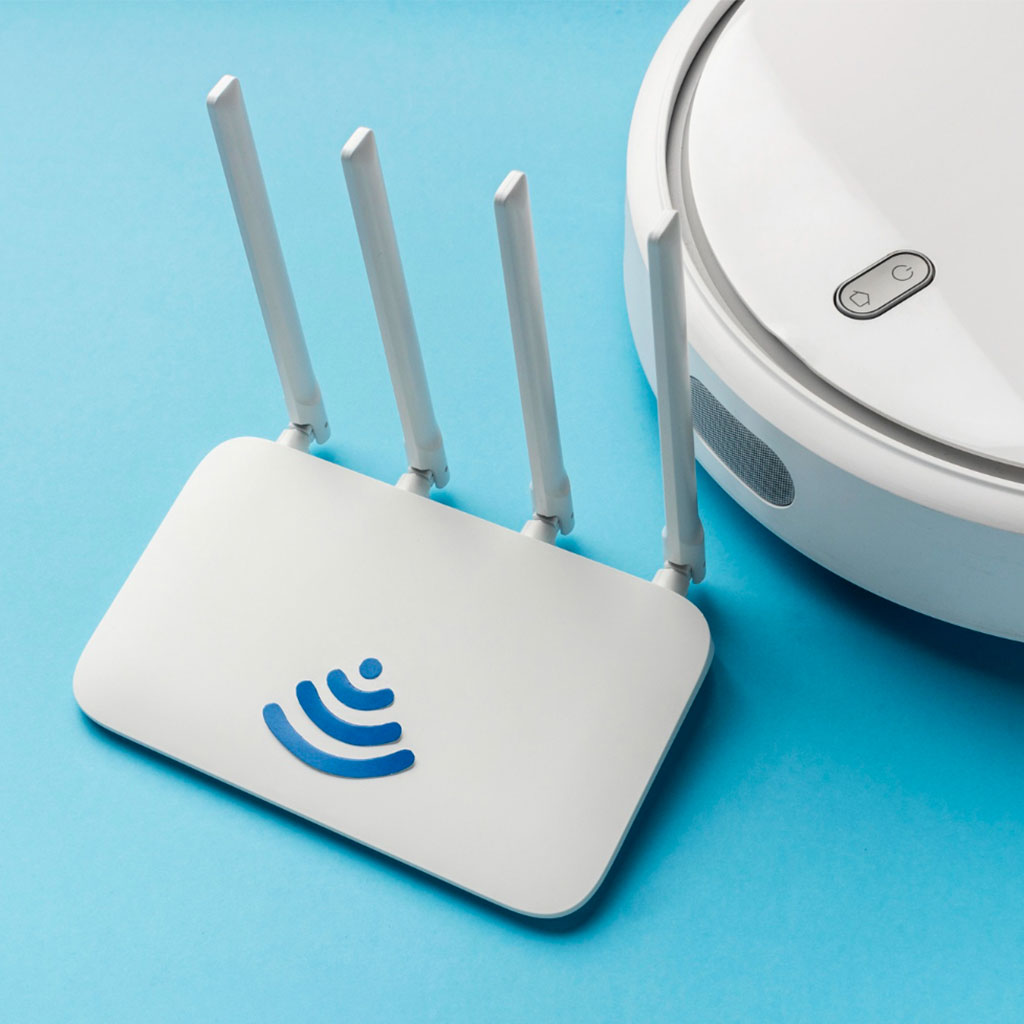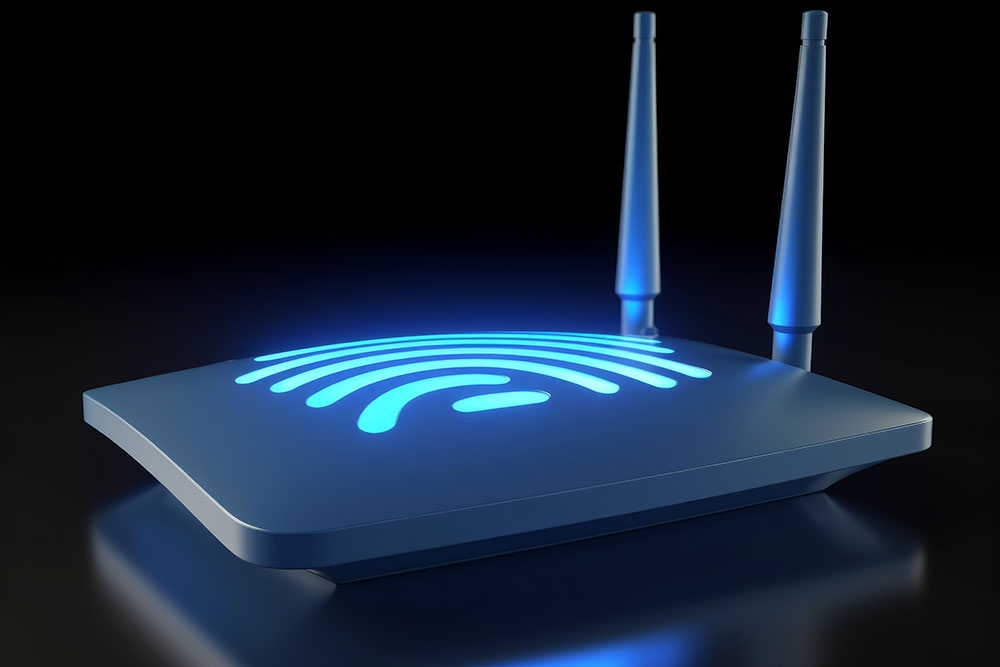Common causes of Wi-Fi issues include:
- Network Congestion – High levels of users all using the same network can lead to slower upload and download speeds. In fact, it is a common addition to the terms and conditions of a contract that you limit connected devices to obtain good system performance.
- Interference - Interference from other devices or physical obstacles can degrade signal quality, leading to reduced speeds. Common sources of interference include microwave ovens, cordless phones, Bluetooth devices, thicker walls, furniture and underfloor heating.
- Distance from Router – The further away a router or an access point, the weaker the signal strength. Wi-Fi signal boosting is something we look into in these circumstances. We can incorporate access points in spaces, like gardens, for those who want to use devices outside.
- Router Placement – The incorrect placement of the Wi-Fi router or access point can affect signal spread and coverage, resulting in slower upload speeds. We will assess your placement points and try to find a suitable relocation space to boost your Wi-Fi distribution.
- Outdated Equipment – Old Wi-Fi routers or network adapters will not support the latest Wi-Fi standards or will have limited capability. Poor quality Wi-Fi installations can also be to blame. It isn’t uncommon for our technicians to encounter these issues during an assessment.
- Network Configuration Issues – Suboptimal network configurations or other key impacts, like channel interference or outdated firmware, can impact upload speeds on a Wi-Fi network. Wi-Fi signal boosting and Wi-Fi distribution can help in overcoming these common issues.
We can further assist you with the following:
Network Cabling and Hardwiring
Hardwiring connections, also known as Ethernet connections, provide several benefits over Wi-Fi for internet connectivity. Hardwiring a connection helps to improve internet performance, reliability and security compared to using a Wi-Fi connection, making them a preferred option for all critical applications and environments when high-speed and low-latency connectivity is essential.
Faster Speeds
Ethernet connections typically offer faster and more consistent speeds when compared to purely relying on a Wi-Fi installation, especially in environments with higher levels of interference or other congestion within your connectivity.
Lower Latency
Ethernet connections often have lower latencies (pings) compared to Wi-Fi, which is crucial for activities such as online gaming, video conferencing and real-time communication. Even with Wi-Fi signal boosting products in place, you will find that a hardwired connection is a more superior choice here.
Reliable Connection
Ethernet connections are less susceptible to signal interference, dropouts and dead zones, providing a more stable and reliable internet connection. This is especially crucial for businesses and for similar commercial infrastructures.
Improved Security
Ethernet connections are generally considered to be more secure than Wi-Fi because they are less vulnerable to unauthorised access and hacking.
Reduced Interference
Ethernet connections do not suffer from interference from electronic devices.




